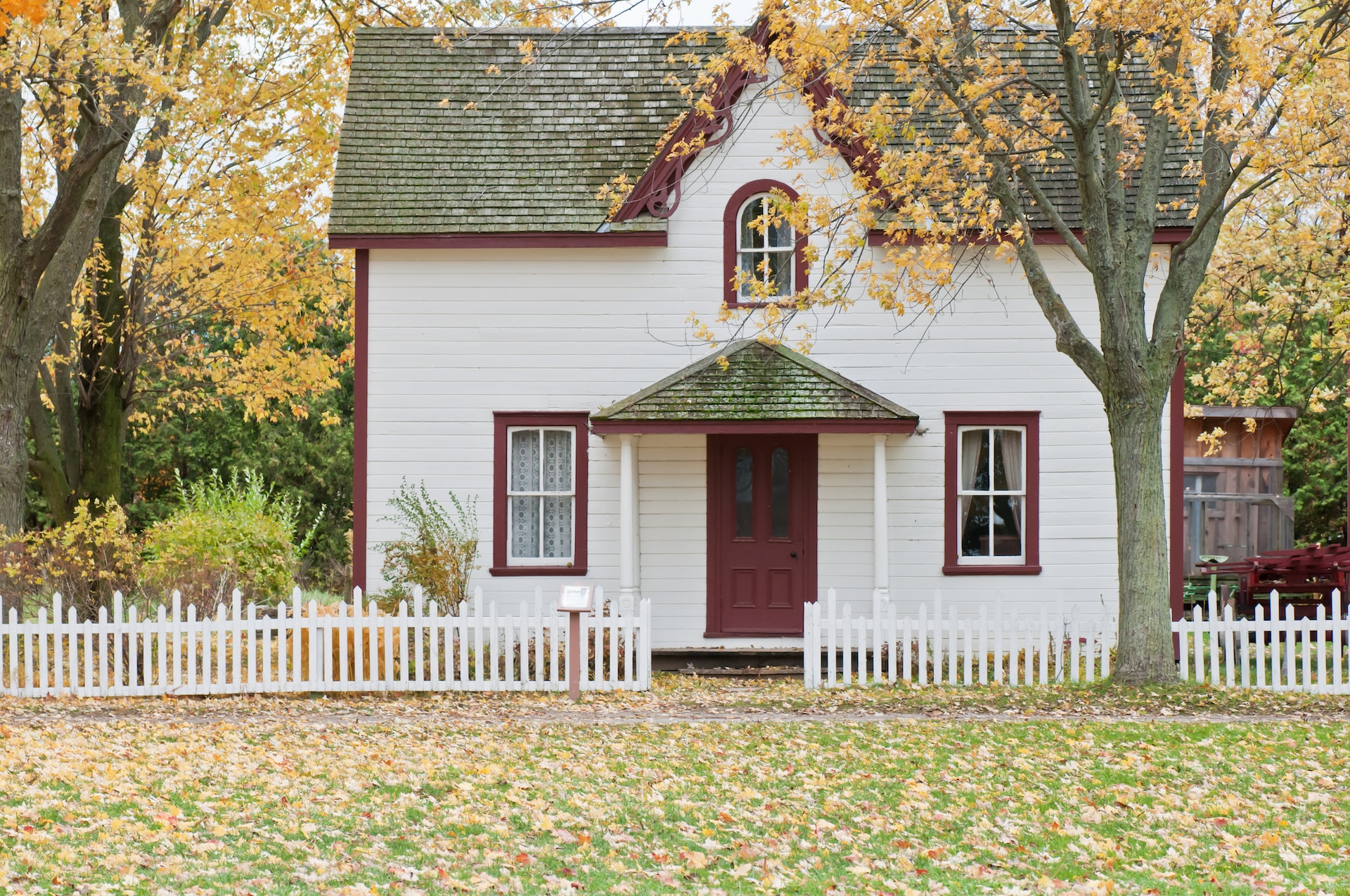Storm damage can be a significant concern for homeowners, especially in regions prone to severe weather. Standard home insurance policies will protect your property from some severe storms. This article will explore the coverage provided by homeowners insurance for various types of storm damage, including wind, hail, and more.
What Types of Storm Damage Does Home Insurance Typically Cover?
When we referenced ‘some’ when talking about coverage of storm damage, there are caveats in home insurance that may leave gaps in coverage. So, what storm damage does home insurance cover? Well, typically:
Wind Damage
Standard home insurance policies generally cover wind damage, which includes damage from events like tornadoes, hurricanes, and severe thunderstorms. This applies to both the structure of your home and your personal belongings inside. However, review your policy’s terms and conditions, as some policies may exclude or limit wind damage coverage. If wind damage is excluded, you may need to purchase a separate wind policy to ensure full protection.
Hail Damage
Hail damage is one of the most common claims filed by homeowners. Most standard policies cover damage caused by hailstorms minus your deductible. Hail can damage your property’s roof, siding, windows, and other structures. Given the frequency and severity of hailstorms in certain areas, ensuring your policy has adequate coverage is important.
Lightning Strikes and Power Surges
Damage from lightning strikes, including fires and power surges, is typically covered by home insurance that extends to electronics and appliances damaged by the resulting power surges. Be sure to check the specific limits of your policy to understand the extent of your protection.
Water and Ice Damage
Water and ice damage coverage under homeowners insurance can vary. Standard policies generally cover sudden and accidental water damage, such as a burst pipe or ice dam formation on your roof. However, standard home insurance does not cover flood damage and requires a separate policy. Similarly, damage from ice, snow, or sleet weight may be included, but confirm these details with your insurer.
Wildfire Damage
In areas where wildfires are a common threat, standard home insurance policies often include coverage for wildfire damage. If you live in a high-risk area and find it challenging to secure coverage, state-run FAIR (Fair Access to Insurance Requirements) plans may help you obtain the necessary protection.
What Types of Storm Damage Are Not Covered?
Flood damage is typically not covered by standard homeowners insurance policies. To protect your home against flood damage, you’ll need to purchase a separate flood insurance policy through the National Flood Insurance Program (NFIP) or a private insurer.
Standard home insurance policies also exclude damage caused by earthquakes. You can purchase a separate earthquake insurance policy to cover this risk in earthquake-prone areas. In California, for example, the California Earthquake Authority (CEA) offers such coverage.
Homeowners should be aware that their policy might have a separate, higher deductible for windstorm or hail damage. These deductibles can be a percentage of your home’s insured value or a flat dollar amount. Understanding your deductible and ensuring it fits within your budget is important, as higher deductibles mean more out-of-pocket expenses when a claim is filed.
Tips for Protecting Your Property from Severe Weather
- Check Your Policy: Regularly review your insurance policy to understand its exclusions and limitations. Ensure you have adequate coverage for your area’s common severe weather types.
- Be Proactive: Don’t wait until a storm is imminent to secure coverage. Insurers may not issue new policies or increase coverage if a storm is already forecasted.
- Manage Your Deductible: Consider the impact of higher deductibles on your finances. If possible, opt for a flat deductible amount that you can comfortably afford.
- Document and Report Damage: In the event of storm damage, document the damage with photos or videos and contact your insurer immediately. This can help expedite the claims process and prevent further damage.
Filing a Weather-Related Insurance Claim
When severe weather damages your home, promptly contact your insurance provider to start the claims process. If you’re unsure whether the damage meets your deductible, consider hiring a professional to assess and quote the repair costs. Documentation of the damage can be invaluable when your claim is reviewed.
Understanding your home insurance policy and its coverage for storm damage is essential for protecting your home and personal property. By knowing what is and isn’t covered, you can take proactive steps to ensure you have the right coverage. Being informed can help you navigate the complexities of storm damage insurance from wind and hail damage to lightning strikes and water damage.




